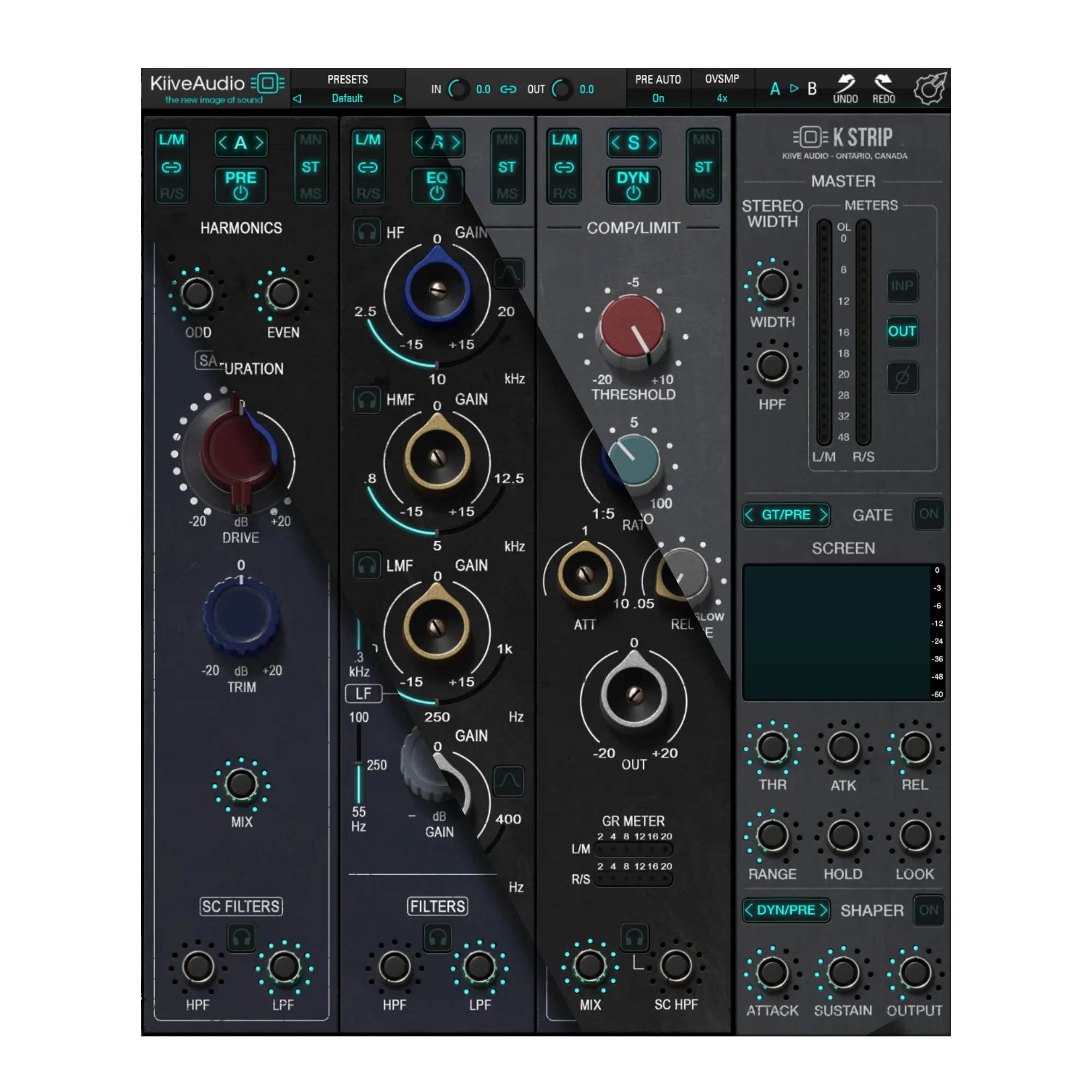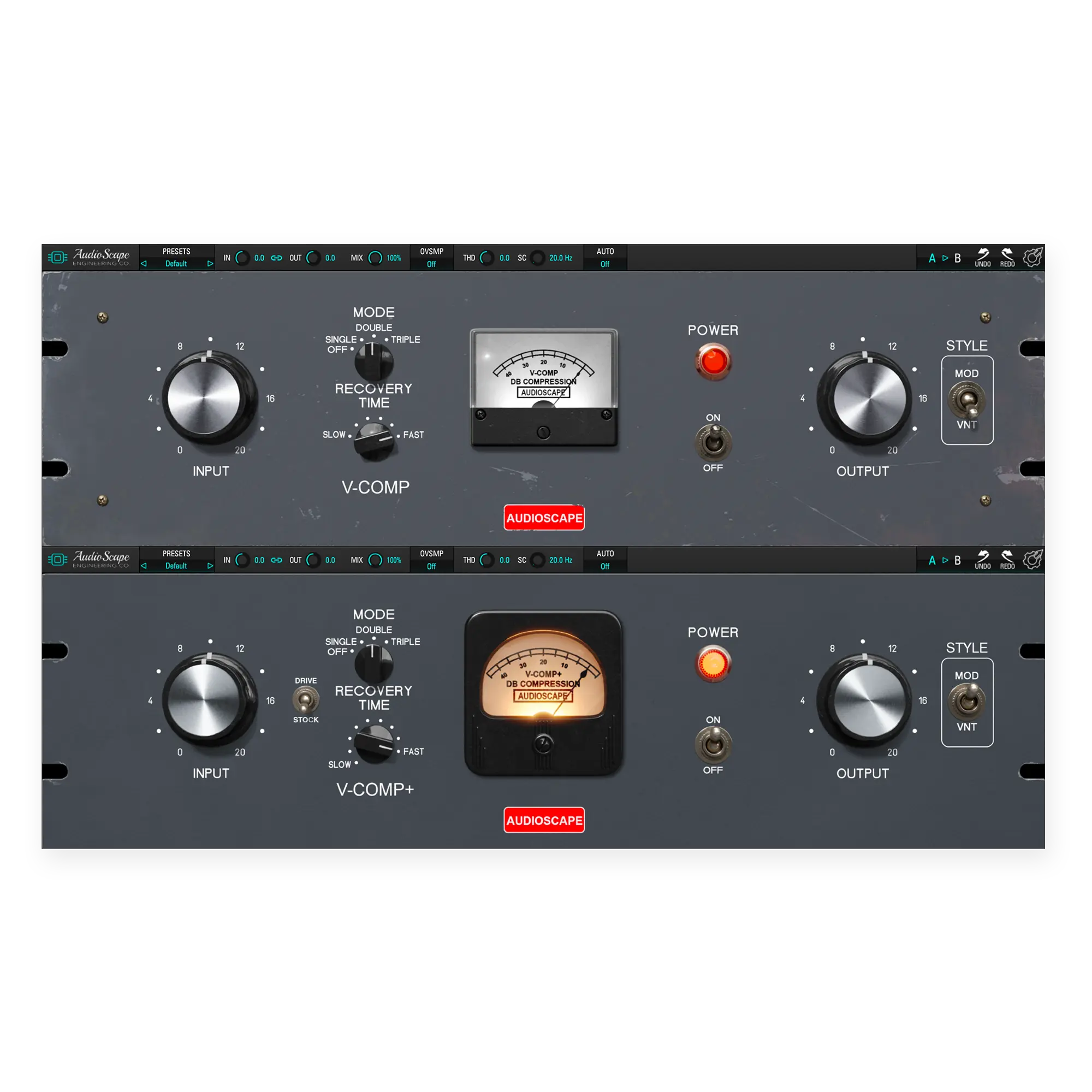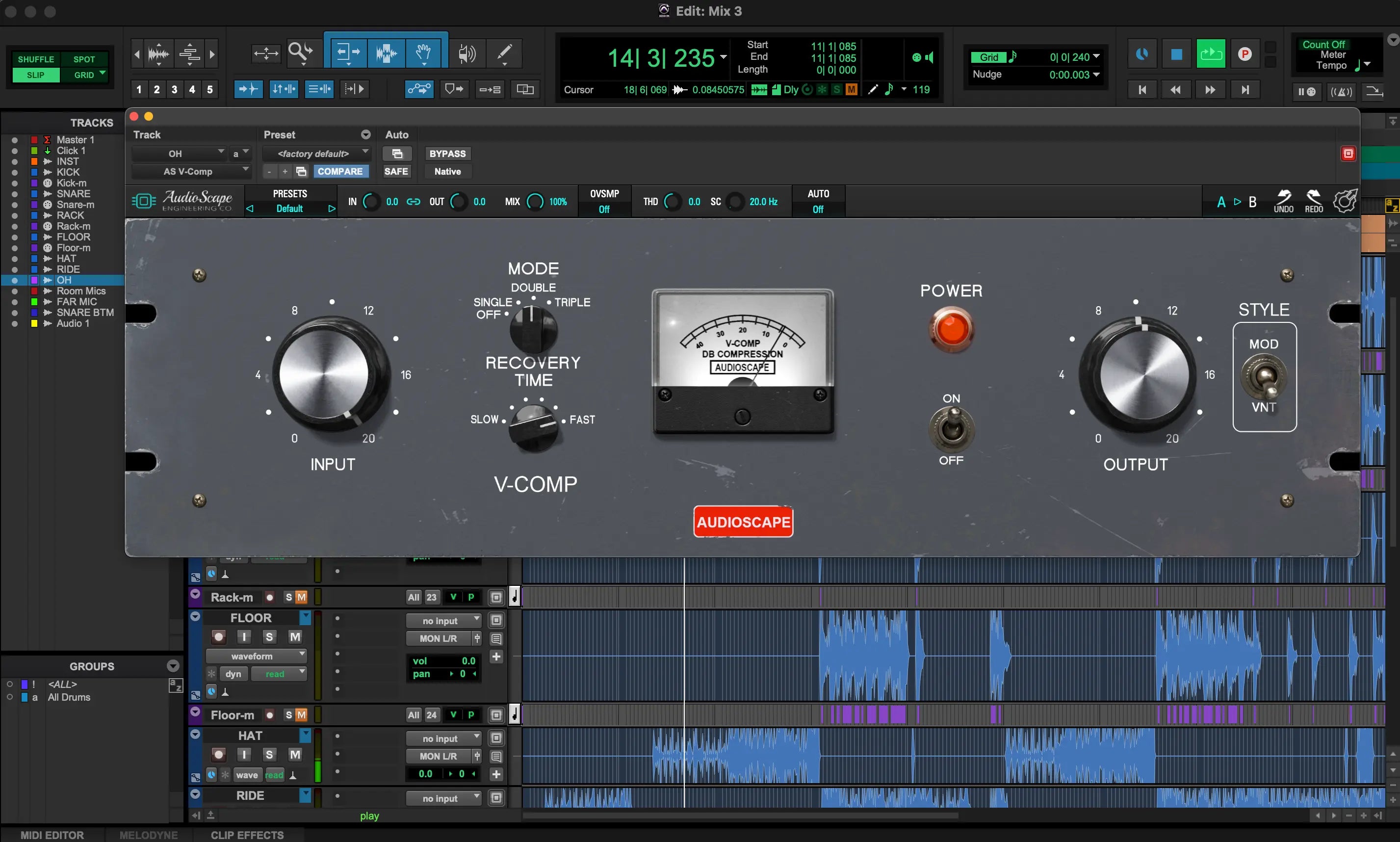Introduction
Reverb, short for reverberation, is a crucial effect in audio production that simulates the sound reflections in a space, creating a sense of depth and ambiance. It has been used extensively in music, film, and broadcasting to add a sense of space and realism to recordings.
This blog article will give a brief history of reverb, explaining where all the different kinds come from - as well as pointing out iconic units. So, let's get into it!
Early Methods of Creating Reverb
Before the advent of electronic reverb units, natural reverb was the primary method of adding ambiance to recordings. Large spaces such as cathedrals, concert halls, and other architectural marvels were used to capture the natural reflections and reverberations of sound. Additionally, echo chambers, specially designed rooms with reflective surfaces, were used in early recording studios to create reverb.
Types of Reverbs
Plate Reverb
Plate reverb was introduced in the late 1950s and became a staple in recording studios. It involved using a large, thin metal plate suspended in a frame. When sound was introduced to the plate, it would vibrate, and these vibrations were picked up by contact microphones to create a reverb effect.
It is known for its dense and smooth decay, making it ideal for vocals and instruments. Its mechanical nature also allowed for greater control over the reverb time and character.
Notable Units:
- EMT 140: One of the most famous plate reverbs, the EMT 140, was introduced in 1957. It was known for its smooth and lush reverb, becoming a favorite in studios worldwide.

📸 Reverb
Spring Reverb
Spring reverb was developed in the 1930s and became popular in the 1960s, particularly in guitar amplifiers and organs. It used a series of springs to simulate reverb, with sound waves traveling through the springs and creating a reverb effect.
Spring reverb has a distinct, metallic sound with a characteristic "boing." It is commonly used in guitar amplifiers and is favored for its unique tonal qualities.
Notable Units:
- Hammond Organ Spring Reverb: Used in Hammond organs, this spring reverb added depth to the organ's sound.
- Fender Amps: Many Fender amplifiers included built-in spring reverb, which became a defining feature of their sound.

📸 Sweetwater
Digital Reverb
The 1970s and 1980s saw the emergence of digital reverb, revolutionizing the way reverb was produced. Digital reverb units used algorithms to simulate the reverb effect, offering greater flexibility and control.
These units provided unprecedented control over reverb parameters, allowing producers to create realistic and creative reverb effects.
Notable Units:
- Lexicon 224: Introduced in 1978, the Lexicon 224 was one of the first digital reverb units. It was praised for its versatility and high-quality sound.
- EMT 250: Known as the "Electro-Mechanical Reverb," the EMT 250 was another groundbreaking digital reverb unit that offered a wide range of reverb effects.

📸 Universal Audio
Convolution Reverb
Convolution reverb uses impulse responses (IRs) to simulate the reverb characteristics of real spaces. An IR is a recording of a short burst of sound in a space, capturing its unique reverb characteristics. Convolution reverb units and software use these IRs to recreate the reverb of various spaces.
Convolution reverb is prized for its ability to create realistic reverb effects, making it a popular choice for film and music production.
Notable Units:
- Sony DRE-S777: An early convolution reverb unit that used high-quality IRs to simulate real spaces.
- Altiverb: A popular convolution reverb plugin that offers a wide range of IRs from famous spaces around the world.
📸 Sound On Sound
The Modern Era and Plugin Technology
With advancements in technology, reverb has mostly transitioned from hardware units to software-based plugins. These digital reverb plugins offer numerous advantages:
- Flexibility: Plugins can simulate a wide range of reverb types and spaces.
- Convenience: Easy to use within a digital audio workstation (DAW).
- Cost-effective: More affordable than hardware units.
Conclusion
The evolution of reverb technology, from natural spaces to mechanical plates and springs, and finally to digital and convolution reverb, has significantly shaped the sound of music over the decades. Understanding this history helps us appreciate the sophisticated tools we have today. At Kiive Audio, we continue to innovate and bring you the best in reverb technology, ensuring that your productions always sound their best.











Leave a comment
All comments are moderated before being published.
This site is protected by hCaptcha and the hCaptcha Privacy Policy and Terms of Service apply.